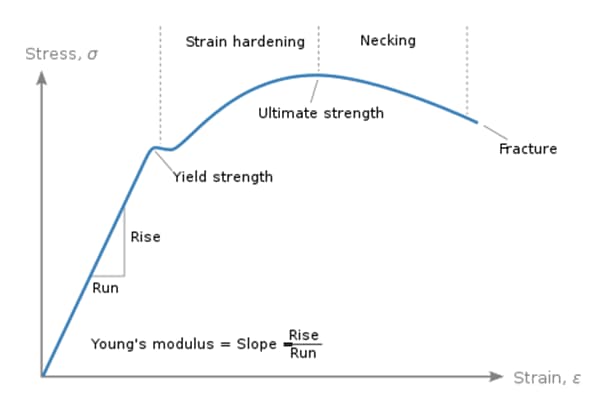
What distinguishes stainless steel 201 from 202? Although they belong to the same series, subtle differences exist that can significantly impact their applications. This article explores the key variations in composition, cost, and suitability for various uses. By understanding these differences, you’ll be better equipped to select the right material for your specific needs. Dive in to learn about the unique properties and practical implications of 201 and 202 stainless steels.

The differences between 202 stainless steel and 201 are minimal. Both are part of the 200 series stainless steel, and while they are often compared, their properties are not significantly different from those of 304 and 316, which are commonly used in various applications.
Related reading: 304 vs 316 Stainless Steel

1. Grade difference.
202 grade is 1Cr18Mn8Ni5N and 201 grade is 1Cr17Mn6Ni5N.
2. Comparison of composition between 201 and 202 stainless steels:
| Type | C | Mn | P | Si | Cr | Ni | S | N |
| 202 | ≤0.15 | ≤7.5-10.0 | ≤0.060 | ≤1.0 | 17.0-19.0 | 4.00-6.00 | ≤0.03 | ≤0.25 |
| 201 | ≤0.15 | 5.5-7.50 | ≤0.060 | ≤0.75 | 13.5-15.0 | 1.02-1.28 | ≤0.030 | ≤0.25 |
Composition comparison table of 202 and 201 stainless steels
3. Price.
If the 202 stainless steel meets the national standard, its nickel content is higher than that of 201 stainless steel, and its price is typically higher as well. It is possible that some sellers in the market may claim that their 202 is cheaper than 201, which could indicate that the 202 they are selling is fake or does not meet the standard specifications.
4. Application.
Both 202 and 201 stainless steels are widely used in various industries, including construction, decoration, and others.
The 200 series stainless steel was initially developed in the United States during World War II as a substitute for the 300 series stainless steel. At that time, the supply of nickel was limited due to its strategic importance and was strictly controlled by various countries, including the United States.
To overcome the challenge of producing and supplying stainless steel with a limited supply of nickel, the United States developed a new austenitic stainless steel series with manganese as a substitute for nickel.
After the end of World War II, the supply of nickel in the United States gradually improved, and the production of 300 series stainless steel was no longer restricted by raw material shortages. As a result, the development of the 200 series was not given much emphasis.
However, some Indian researchers who participated in the development of the 200 series stainless steel in the United States brought the technology to India, which was relatively rich in manganese resources but faced a shortage of nickel resources.
The successful application of the 200 series stainless steel in India is attributed to its ability to replace 304 stainless steel in specific applications.
The main difference between 202 and 201 stainless steel is their price. Generally, 201 is slightly cheaper than 202 stainless steel, but both are significantly cheaper than 304 stainless steel. As a result, 201 and 202 stainless steels are typically used in scenarios where there are low requirements for corrosion resistance and impact toughness, and where their price advantages can be leveraged.
In the Chinese market, most 200 series stainless steels are not strictly controlled for sulfur and carbon content in accordance with national standards. Instead, many of these stainless steels substitute part or all of the nickel content with manganese (or nitrogen) to create austenitic stainless steels with lower nickel content.
The 200 series stainless steel, including 201 and 202 stainless steel, has several disadvantages:








